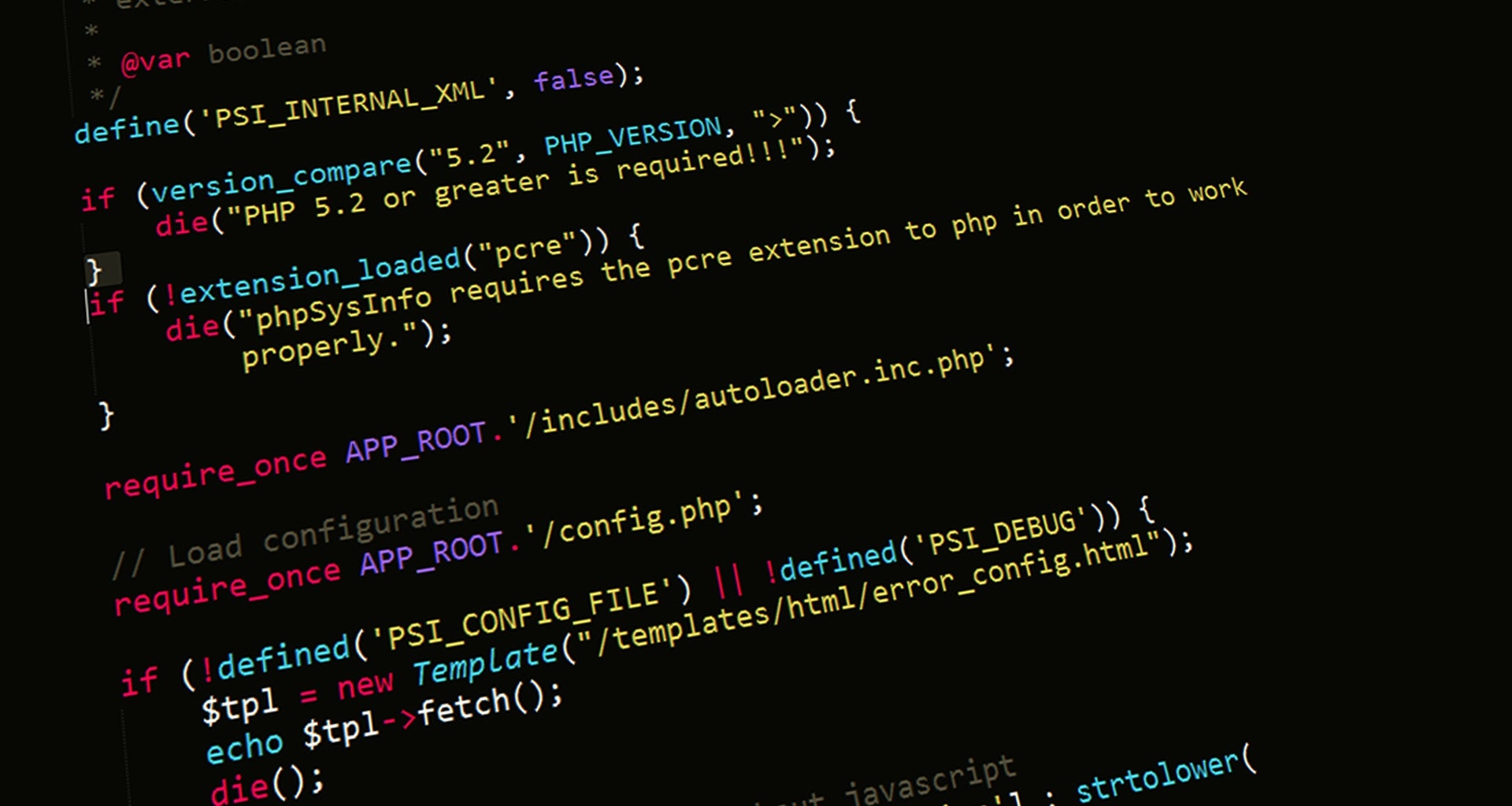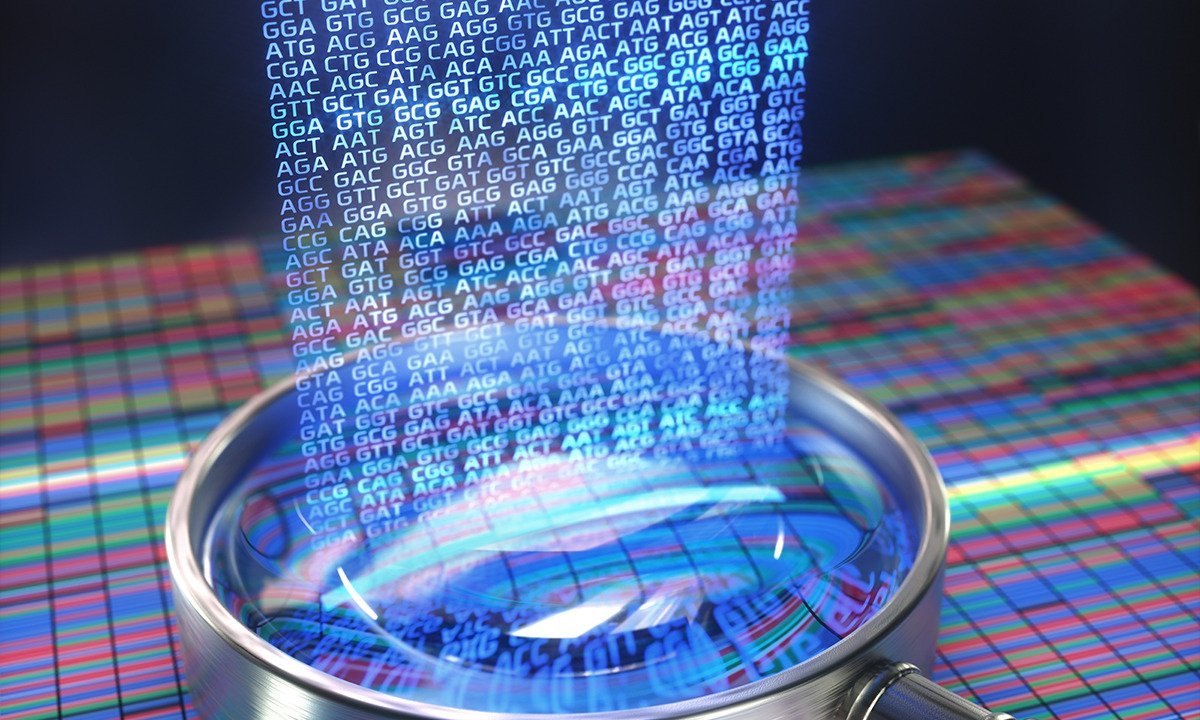GRATIS
Methods of molecular biology
Acerca de este curso
- Module 1. Molecular biology of viruses
- From the Module 1. Molecular biology of viruses you will learn about: general and genetic diversity of viruses; basic mechanisms of virus-host interactions; methods of prevention and treatment of viral diseases; viruses used in biological research.
- Module 2. Molecular biology of bacteria
- In this module, we will discuss the astonishing diversity of microorganisms, specifics of their shapes and feeding. We will also discuss the main functions of bacteria in the human body, characterization of the genetic apparatus of bacteria, proposed models of bacterial pathogenesis in plants and animals, as well as such techniques as cloning, transformation, along with basic principles of cDNA and gDNA libraries creation.
- Module 3. Molecular plant biology
- In this module we will look at the following aspects: the diversity of plant kingdom; mechanisms of plant signal transduction; methods of plant biotechnology and plant breeding, as well as their molecular aspects.
- Module 4. Molecular biology of animals
- In this module, we will discuss amazing animal diversity and vital functions, dwelling into even more interesting developmental-reproductive issues. We will end up with the most important techniques of animal biotechnology, essential for agriculture and medicine.
- Module 5. Molecular biology and medicine
- Now known as a golden standard of molecular biology, polymerase chain reaction evolved after a series of successful experiments and intriguing discoveries in the field of constantly emerging science. Applications of the technique include DNA cloning for sequencing, gene cloning and manipulation, gene mutagenesis; construction of DNA-based phylogenies, or functional analysis of genes; diagnosis and monitoring of hereditary diseases; amplification of ancient DNA; analysis of genetic fingerprints for DNA profiling (for example, in forensic science and parentage testing); and detection of pathogens in nucleic acid tests for the diagnosis of infectious diseases. Along with review of different types and applications of the polymerase chain reaction, we will discuss such invaluable instruments as molecular markers and sequencing. And of course, we could not omit the pharmacogenomics and gene therapy.
Cursos relacionados

GRATIS Aprendiendo a aprender: Poderosas herramientas mentales…
Deep teaching solutions
Español

GRATIS Programación para todos (Introducción a Python)
University of Michigan
Inglés

GRATIS The Science of Well-Being
Yale
Inglés

GRATIS Negociación exitosa: Estrategias y habilidades esenciales
University of Michigan
Inglés

GRATIS Primeros Auxilios Psicológicos (PAP)
Universitat Autónoma de Barcelona
Español

